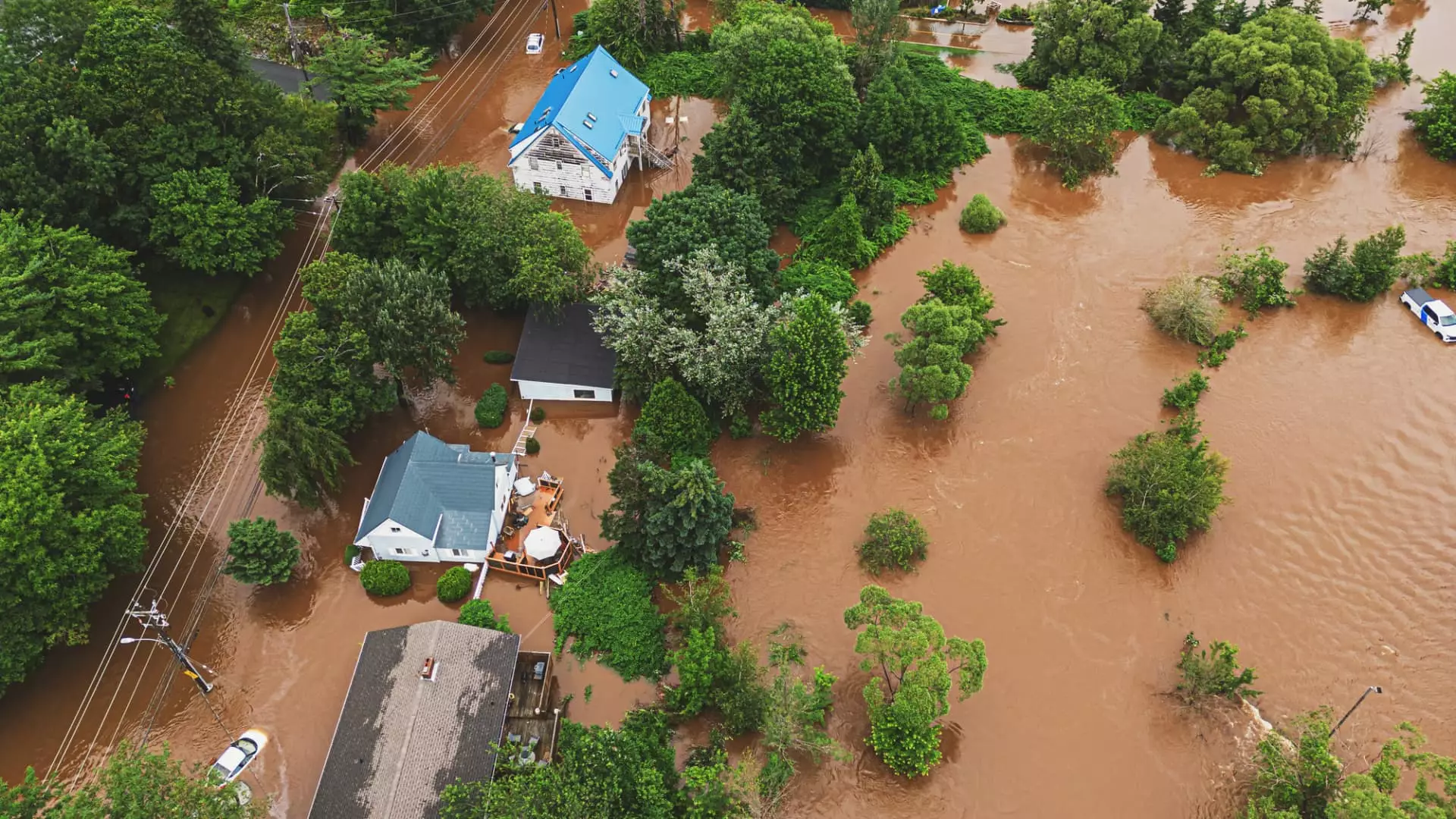As consumers hunt for their dream homes, they eagerly await the Federal Reserve’s prospective interest rate cut, expected to be executed in September. However, a looming threat awaits their plans at the end of that very month – the need for the reauthorization of the National Flood Insurance Program (NFIP). Without the timely action of Congress to reauthorize NFIP by September 30, there may be a temporary disruption in buying, selling, or refinancing homes in specific areas.
Homeowners insurance policies typically exclude flood damage, necessitating separate flood insurance coverage to protect homes, belongings, and satisfy mortgage lender requirements. Failure to extend NFIP’s authority after September 30 could impede mortgage processes in areas mandating flood insurance coverage. Jaret Seiberg of TD Cowen warns about the challenges of obtaining a mortgage in flood-prone territories post-September 30 without NFIP reauthorization.
Established by Congress in 1968, NFIP provides affordable flood insurance coverage and is pivotal for safeguarding properties against natural disasters. Despite numerous extensions, NFIP authorization expired in 2017, with temporary lapses occurring thrice since then. Bryan Greene from the National Association of Realtors stresses the recurring issue of last-minute extensions by Congress, creating an avoidable man-made crisis.
A lapse in NFIP authorization would block new policy issuances and coverage increments, affecting property sales and refinancing procedures. Real estate transactions could be halted until flood insurance procurement, either through Congress’s reauthorization or scarce private market alternatives. Seiberg emphasizes the impracticality of seeking private insurers in lieu of NFIP’s absence, as it significantly constrains available options.
Existing policyholders under NFIP will remain protected during a lapse, ensuring continued claims processing. Yanjun Liao, a climate adaptation specialist, advises early renewal for policies nearing expiration around September 30. Homeowners intending to refinance are urged to consider the impending reauthorization deadline, aligning their flood insurance requirements with lender stipulations to preempt potential delays.
Critics question the NFIP’s subsidy policies, leading to contentious debates around increasing premiums and equitable pricing. FEMA’s Risk Rating 2.0 pricing system overhaul aimed to reflect area-wise risks accurately, triggering objections from high-risk area residents due to premium escalation. Senator Bill Cassidy calls for a bipartisan solution to address rising premiums, emphasizing the need for affordable and accountable flood insurance programs.
Seiberg criticizes Congress’s recurrent delays in finding permanent solutions for the ailing NFIP, citing short-term extensions as inadequate remedies. Despite mounting financial challenges within NFIP, the program plays a significant role in ensuring homeowners’ security across the country. While persistent concerns about the program’s efficacy remain, the absence of viable alternatives consigns Congress to recurrent reauthorizations to circumvent market disruptions.
The impending need for NFIP renewal signifies a critical juncture for homeowners, lenders, and real estate stakeholders. Addressing the reauthorization promptly is imperative to avert potential market chaos and provide individuals with the necessary flood protection and financial security. Awareness of the impending deadline and proactive renewal actions are key to mitigating risks associated with lapses in NFIP’s authority within the real estate sector.

